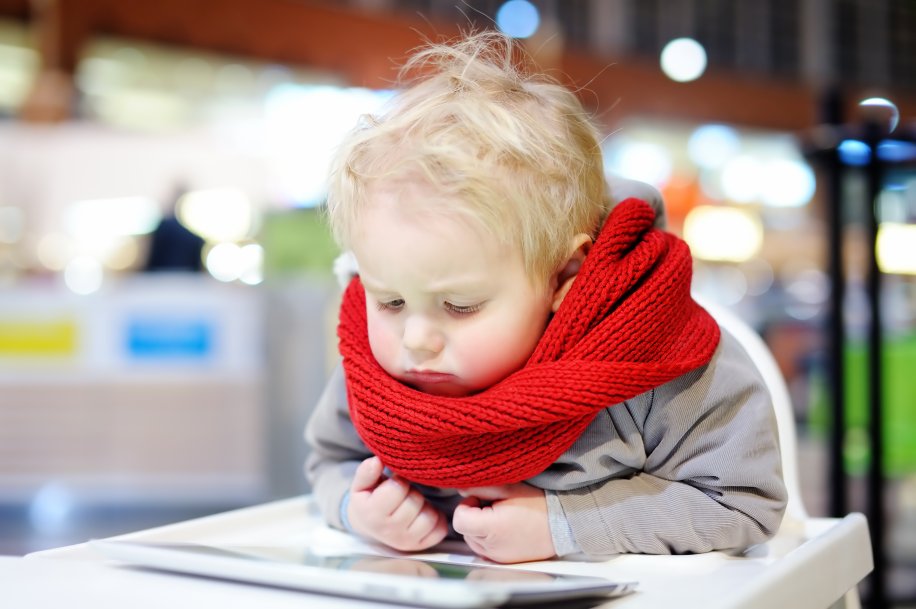
|
Digitisation is changing our lives and many people are trying to understand in which ways. However, when it comes to very young children the knowledge is almost non-existent. A new research project wants to change this.
“Digital media is having an increasing impact on children’s lives as well. We know that, but not how. That does not stop people from thinking they know a lot about it. However, the fact is there is very little knowledge. Young children’s use is a blind spot in the research”, says Helena Sandberg.
She is an associate professor of media and communication studies in Lund and project leader for a new research collaboration between Lund, Malmö and Halmstad universities. With nearly SEK 5.5 million from the Swedish Research Council, for the next four years the researchers will explore how digital media are integrated into the lives of 0-3 year olds, as well as what the new technology means for the children and modern family life.
From strange objects to creators of meaning
To achieve this task, they will conduct “a day in the life” research, that is, they will study several families with children in their home environments over a number of visits.
In this way, the researchers will be able to map the “media ecology” and gain an understanding of the media habits in a family context, how the media technology has allocated meaning in the home and how the children are introduced to and acclimated to new media technology.
“If we get answers to these questions, we can learn how to introduce the technology so that the experience is a positive one. Naturally, we want humans to be digitally literate. Therefore, a good start could be important”, says Helena Sandberg.
In their research, Helena Sandberg and her colleagues will approach the media as a strange object that comes into the home and which the child domesticates, takes control over and makes their own.
“Children use digital technology in creative and unexpected ways, in their play and interaction with siblings and parents, but also in the extended family with their grandparents. We also hope to gain more knowledge on this.”
We do not wish to lecture, “the current debate is without nuance”
The researchers also want to gain a basic understanding of how small children and parents relate to new media technology in daily life.
“Previous research on parent influence on child media use has primarily focused on limiting the negative impact of media on children. We do not wish to lecture people. We prefer to investigate which strategies contribute to child development and positive media experiences and how parents reflect on media and childhood. The current view in public debate on babies that use tablets and smartphones is often without nuance”, according to Helena Sandberg.
She believes we need a richer and more multifaceted picture of small children’s daily digital lives. Media use differs a lot between different children, something that is seldom present in the statistical data often presented.
Bridging the gap in knowledge between preschool and the home
Another important aim of the project is to provide important contributions to knowledge for policy development concerning the digital skills of preschool children. There is a gap in knowledge between what happens in preschool settings and the child’s use of digital media in the home.
The researchers also want to contribute to method development on how to study 0-3 year olds in general, as it is rather rare to study small children in this way.
One reason for this is that it is difficult, resulting in many avoiding it altogether. The research community, therefore, needs methods and practices for the best approach. It may concern anything from ethical dilemmas, such as how to get consent from small children, to how repeated cancelled appointments due to sick children or siblings should be handled.
“We say that children are our hope and our future, however at the same time their voices and perspectives are not being considered. It is contradictory.”
Text: Kristina Lindgärde
Read more about the DIGIKIDS project Sweden
|
|